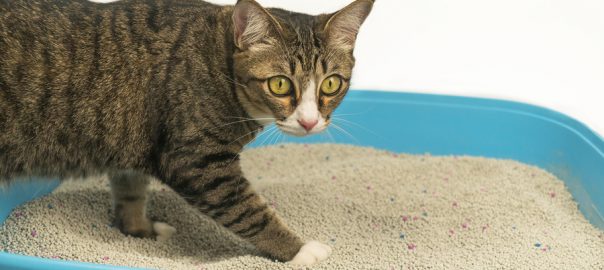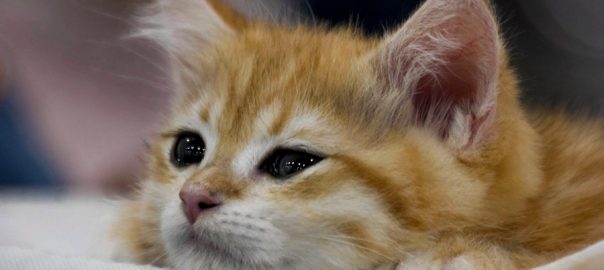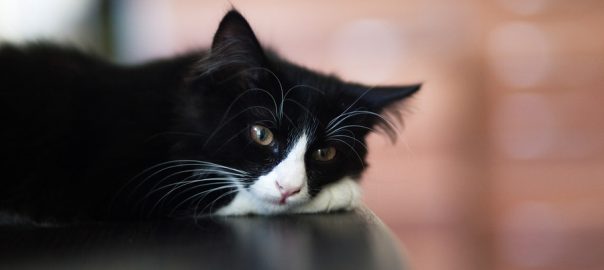If you got a puppy or small dog during the winter months, you may have trained her to use a potty pad instead of waiting to be taken outdoors. Can you train her away from the pad? That was the question a reader had for me, and as usual with behavior questions, I asked my daughter, trainer Mikkel Becker, to respond. Here’s what she said.
Q: We got a Shih Tzu puppy during the winter. It was really cold, so we potty trained her on pee pads. She is now 11 months old. Is there any way she will figure out that she needs to go outside to go potty?
A: You can definitely teach her that outside is the place to go, but it will take some time, training and scheduling.
Start as if she were still a puppy (and she is, mentally, even if she looks full-grown). As soon as she wakes up in the morning, pick her up and take her outside to potty so she doesn’t have the opportunity to use the pee pad. Stay with her and praise her immediately after she pees or poops. If you have a clicker, click immediately after she is done going potty, and give a treat.
Do the same thing immediately after each meal, after she wakes up from a nap or after you’ve been playing with her. If you know when she typically likes to use the pee pad, set a timer so you can take her outdoors just before she would normally use it.
Gradually move the potty pad closer to the door outside. Eventually phase out the potty pad altogether.
Tether her to you with a leash when you’re at home so you can notice instantly if she gets up and starts to move around. Restlessness can be a signal that she needs to go out.
She will probably start to develop ways to tell you that she needs to go out. These could include going to or looking at the door or stairs, whining or pawing at you. Each dog has different behaviors, so watch carefully until you know what hers are. You can read more about housetraining at fearfreehappyhomes.com.
There’s more in Pet Connection, the weekly nationally syndicated pet feature I co-write with Kim Campbell Thornton and my daughter, trainer Mikkel Becker.




